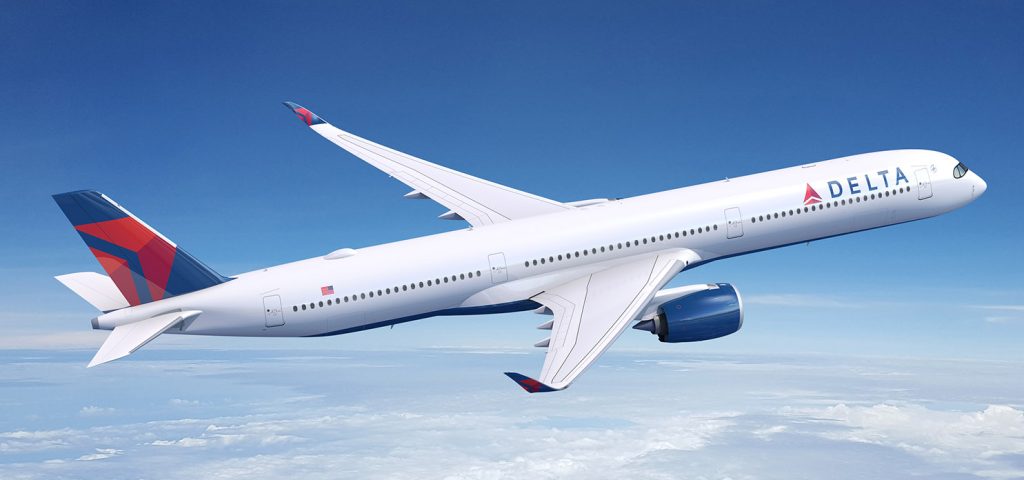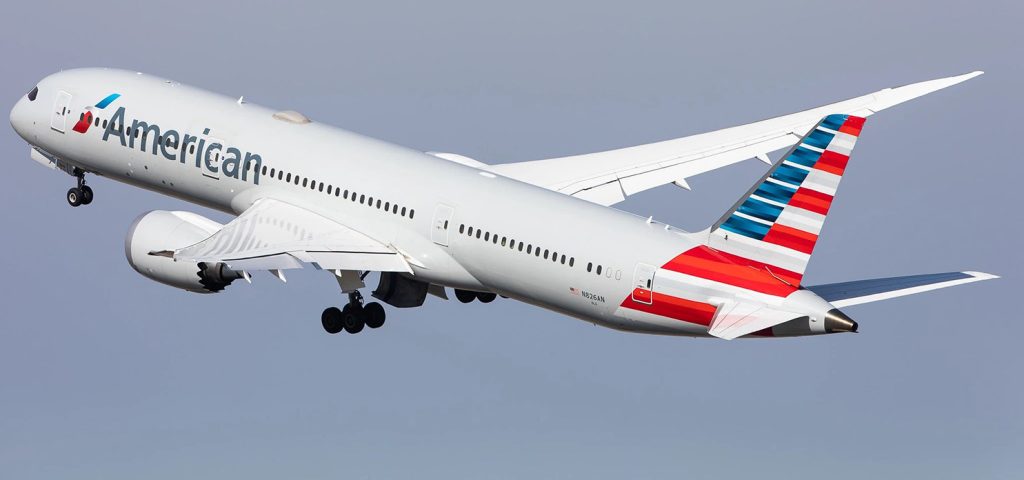Boston, a major city in the northeastern United States, is not only rich in historical heritage but also known for its strong academic atmosphere and diverse culture. As a popular destination, Boston attracts a large number of European travelers eager to explore its unique charm. If you’re planning on flying nonstop to Boston from Europe, I’ve got a detailed guide to the most convenient routes, ways to find the best airfares, and some useful travel tips to help you save money and make your dream trip to Boston a reality with ease.
1. Overview of Direct Flights to Boston
Logan International Airport (BOS) is one of the busiest airports in the northeastern United States and an important aviation hub on the East Coast. Boston has multiple direct flight routes to major European cities, particularly to the United Kingdom, Ireland, Germany, France, and the Netherlands. Whether you’re flying from London, Paris, Berlin, or Amsterdam, you can easily find direct flights to Boston.
2. Major Direct Flight Routes from Europe to Boston
1. London (LHR) — Boston (BOS)
London is one of the most convenient cities for traveling to Boston, especially with direct flights departing from London Heathrow Airport (LHR). Multiple airlines, including British Airways, American Airlines, and United Airlines, offer direct flights between London and Boston, with a flight time of approximately 7 to 8 hours, making it one of the most popular routes.
- Best Flight Times: Airlines like British Airways and American Airlines offer multiple flights per day, typically departing in the morning and arriving in Boston in the evening or at night, which is ideal for adjusting to the time difference.
- Recommended Airlines: Established airlines such as British Airways and American Airlines provide a comfortable flying experience with flexible schedules, making them a convenient choice.
2. Paris (CDG) — Boston (BOS)
Paris Charles de Gaulle Airport (CDG) also offers convenient direct flights to Boston, serviced by Air France and American Airlines. The flight duration is approximately 8 hours. There are many options available, especially during peak travel seasons, with multiple flights per day.
- Best Flight Times: Most flights depart during the day and arrive at night, which helps passengers adjust to the time zone.
- Recommended Airlines: Air France offers spacious seats and high-quality French cuisine, making it a great choice for those who enjoy a French travel experience.
3. Amsterdam (AMS) — Boston (BOS)
Direct flights from Amsterdam Schiphol Airport (AMS) to Boston are operated by KLM Royal Dutch Airlines and Delta Airlines, with a flight time of about 8 hours. As a major European aviation hub, Amsterdam is a great starting point for travelers from other European cities.
- Best Flight Times: KLM’s flights typically depart in the afternoon or evening, making them ideal for those who need to adjust to the time difference.
- Recommended Airlines: KLM is highly regarded for its service quality in European flights, with spacious cabins and attentive passenger service, making it an excellent choice for long-haul flights.

4. Berlin (TXL) — Boston (BOS)
Although Berlin Tegel Airport (TXL) does not have as many direct flights as Frankfurt, there are still several options available, primarily serviced by Lufthansa and United Airlines. The flight time is about 9 hours, and it’s another route favored by German travelers.
- Best Flight Times: Most flights depart in the evening and arrive in the early morning, allowing passengers to rest and recover after a long journey.
- Recommended Airlines: Lufthansa offers excellent service, making it a great choice for those who prioritize quality and comfort.
3. How to Choose the Best Direct Flight
1. Flight Timings
Choosing the right flight timing is crucial for your itinerary and overall travel comfort. Day flights allow you to arrive in the evening, giving you time to check in, get settled, and start adjusting to the local time zone without feeling rushed. These flights are particularly useful for travelers who want to avoid jet lag and make a smooth transition. On the other hand, evening or overnight flights enable you to sleep during the journey, land in the morning, and begin exploring right away—especially helpful if you want to maximize your first day in Boston. Additionally, avoiding peak airport hours can lead to a smoother check-in and boarding process.
2. Seat Selection
If you’re on a long-haul flight, especially one over 7 hours, seat selection becomes more than a matter of comfort—it’s a way to protect your health and energy levels. Upgrading to business class or premium economy can significantly enhance your travel experience with wider seats, increased legroom, priority boarding, and gourmet meals. Some premium cabins even offer lie-flat seats, which are ideal for overnight flights. For budget-conscious travelers flying economy, it’s worth investing in seats with extra legroom or those located near the front of the cabin for quicker exit upon arrival. A good seat can make a noticeable difference in reducing jet lag and fatigue.
3. Airline Service Comparison
Different airlines offer varying levels of service, and your choice can directly impact your in-flight experience. When selecting a flight, it’s beneficial to research airline reviews on platforms like Skytrax or TripAdvisor to get insights into service quality, meal options, in-flight entertainment, and seat comfort. Airlines such as Air France, KLM, and British Airways consistently receive high marks for their professional crew, attention to detail, and well-rounded amenities. If you value a seamless and enjoyable flying experience, consider not just the price but also the reputation and perks offered by the airline. Loyalty programs and alliances (like SkyTeam or Oneworld) can also enhance your journey, especially for frequent flyers.
4. Ticket-Saving Tips
1. Plan Ahead and Book Early
Planning ahead is key to securing the lowest fares. The ideal booking window is typically 6 to 8 weeks before departure. Booking early ensures you can secure the lowest ticket prices and avoid last-minute surcharges.
2. Use Comparison Websites and Search Engines
Make use of comparison websites like Skyscanner, Google Flights, and Kayak to quickly compare prices across different airlines and find the most affordable options. Many of these websites offer price alert features, so you’ll be notified when prices drop.
3. Choose Flexible Travel Dates
If you can adjust your travel dates, consider flying on Tuesdays, Wednesdays, or Thursdays. These mid-week days typically have lower fares as they fall during off-peak travel times.
4. Use Points and Miles for Ticket Redemption
If you’re a frequent traveler, you can use airline miles or alliance points to redeem discounted or even free tickets. Credit card points can also be used to offset the cost of your flight, providing a significant saving.
5. Consider Smaller Airlines or Connecting Flights
Besides major airlines, some smaller carriers also offer direct flights to Boston, often at a lower price. Another cost-saving strategy is to choose connecting flights, which may take longer but tend to have cheaper ticket prices.
5. Travel Tips

1. Adjusting to the Time Zone
Boston is in the Eastern Standard Time (EST) zone, which is 6 to 9 hours behind most of Europe depending on your location. Jet lag can be one of the biggest challenges for travelers flying westbound, especially on long-haul overnight flights. To minimize jet lag, start adjusting your sleep schedule a day or two before your flight if possible. During the flight, avoid heavy meals and alcohol, drink plenty of water, and try to sleep according to Boston’s local time. Upon arrival, expose yourself to natural light and try to stay awake until local bedtime. This will help your internal clock sync more quickly and make the first few days of your trip more enjoyable.
2. U.S. Entry Requirements
Before flying directly from Europe to Boston, it is essential to ensure your passport is valid for at least six months beyond your planned departure from the United States. Most European travelers can enter the U.S. under the Visa Waiver Program (VWP) using the ESTA (Electronic System for Travel Authorization), which must be applied for online at least 72 hours before departure. Make sure your ESTA approval is linked to your passport and double-check all information to avoid any delays at customs. Also, prepare for possible questions from U.S. Customs and Border Protection regarding your travel purpose, accommodations, and return ticket. Having printed confirmation of your return flight and hotel bookings can help smooth the entry process.
3. Currency Exchange and Payment
Once you arrive in Boston, having a small amount of U.S. dollars in cash can be helpful for taxis, tips, local markets, or small businesses that might not accept cards. That said, the vast majority of restaurants, shops, and public transportation options in Boston accept credit and debit cards, especially those with contactless payment. It’s highly recommended to carry at least one international credit card with no foreign transaction fees. Before traveling, notify your bank of your trip to avoid your card being blocked for suspicious activity. ATMs are widely available, and exchange rates at airport kiosks tend to be less favorable, so consider withdrawing money at local ATMs for better rates.
Flying directly from Europe to Boston is a convenient and comfortable way to cross the Atlantic. By selecting the right flight routes, planning your departure times carefully, and being flexible with your travel dates, you can save a significant amount on airfare. Booking early, using comparison websites, and redeeming points are all great ways to cut down on travel costs.
